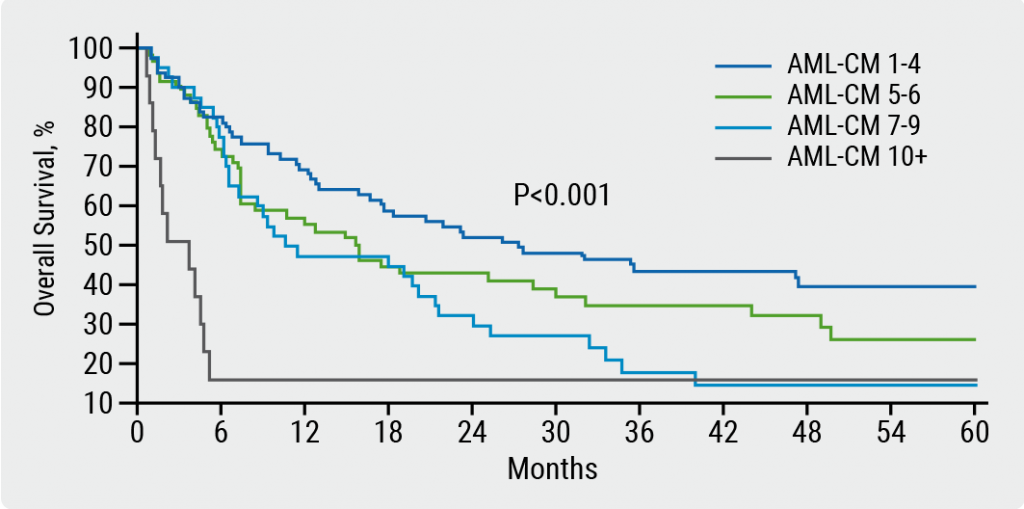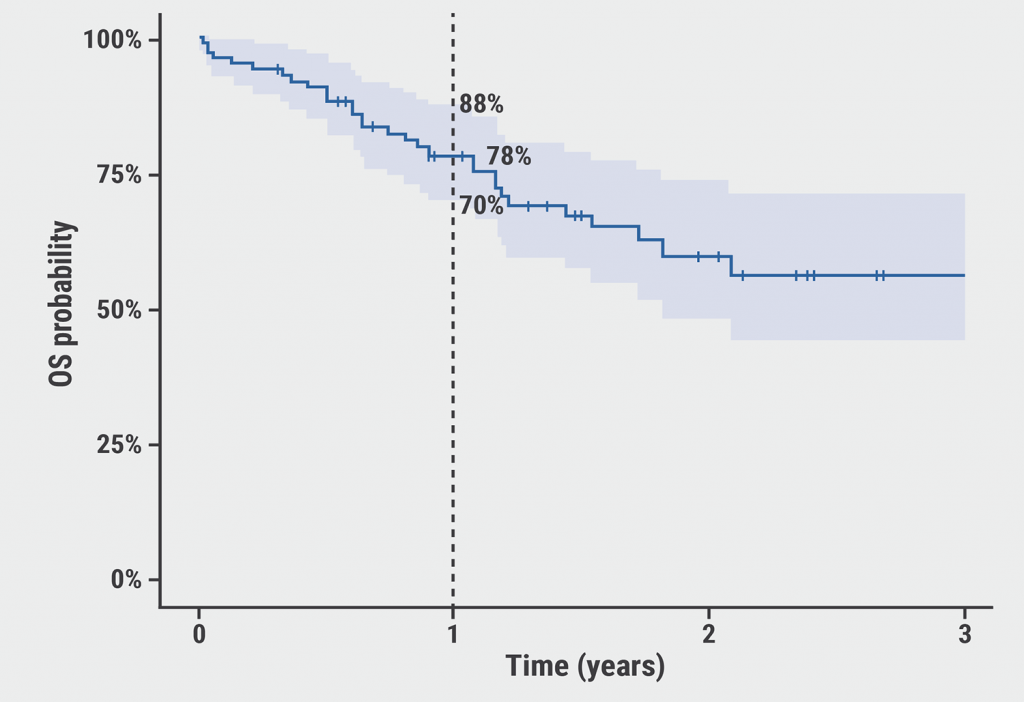The mutation is a tandem duplication - a series of adjacent repeats of a DNA sequence - of exon 13 of the UBTF gene, which encodes a protein with a critical role in ribosomal RNA transcription.
AML is a relatively rare form of blood cancer that affects children and adults. While researchers have identified several AML "driver" mutations that help stratify patients' risk and guide treatment decisions, much of the focus has been on primary cancers.
The genetics of relapsed pediatric AML "has yet to be comprehensively defined," the study team explains in the journal Blood Cancer Discovery.
Dr. Jeffrey Klco of St. Jude Children's Research Hospital in Memphis, Tennessee, and colleagues studied 136 samples of relapsed AML to identify mutations that may drive recurrence.
UBTF tandem duplications, which had only rarely been seen in myeloid cancers, were found in 9% of the relapsed samples, as well as in some primary AML samples.
Proving that UBTF tandem duplications are a functional driver of AML relapse "will definitely take some time, but we really think that will be the case," co-author Dr. Xiaotu Ma, also with St. Jude's, said in a news release.
In the meantime, the researchers say UBTF tandem duplications may help with risk stratification.
Using data from a clinical trial, they found that patients with UBTF tandem duplications had a 20% lower five-year overall survival, a 15% lower five-year event-free survival, and a higher likelihood of minimal-residual-disease positivity following therapy, regardless of the presence of FLT3 and WT1 mutations.
"We suspected that we were missing something in the pediatric AMLs where we could only find a FLT3 or WT1 mutation. We think UBTF tandem duplications are that thing," Dr. Klco said in the release.
"As we work toward proving that UBTF tandem duplications are really a driver of AML, that will open up opportunities for identifying targeted therapies that could work for this subtype of AML," Dr. Klco added.
AML cases with UBTF tandem duplications display "distinctive biologic features, including association with FLT3-ITD and WT1 mutations and high-risk disease, and appear to represent a new genetic subtype of acute myeloid leukemia," note the authors of an editorial published with the study.
"This study advances our understanding of AML by disclosing a novel genetic subtype with unique biology and poor outcome, until now hidden among the 'black-box' group of AML with no specified driver," write Dr. Robert Hasserjian and Dr. Valentina Nardi with Massachusetts General Hospital in Boston.
"Therapeutic approaches can be better adapted to the individual patient, with the potential to more effectively eradicate the disease while avoiding undesirable effects of excessively aggressive therapy when not warranted," they add.
The study had no commercial funding and the authors have no relevant disclosures.
SOURCE: https://bit.ly/3BHyRt3 and https://bit.ly/3h5KuR0 Blood Cancer Discovery, online February 16, 2022.
By Reuters Staff
Posted on
Previous Article
« Anesthesiology handover during cardiac surgery associated with increased mortality Next Article
More-intensive statin-based therapies may be warranted for secondary stroke prevention »
« Anesthesiology handover during cardiac surgery associated with increased mortality Next Article
More-intensive statin-based therapies may be warranted for secondary stroke prevention »
Related Articles

February 18, 2021
Prognostic validity of AML composite model in predicting mortality

© 2024 Medicom Medical Publishers. All rights reserved. Terms and Conditions | Privacy Policy

